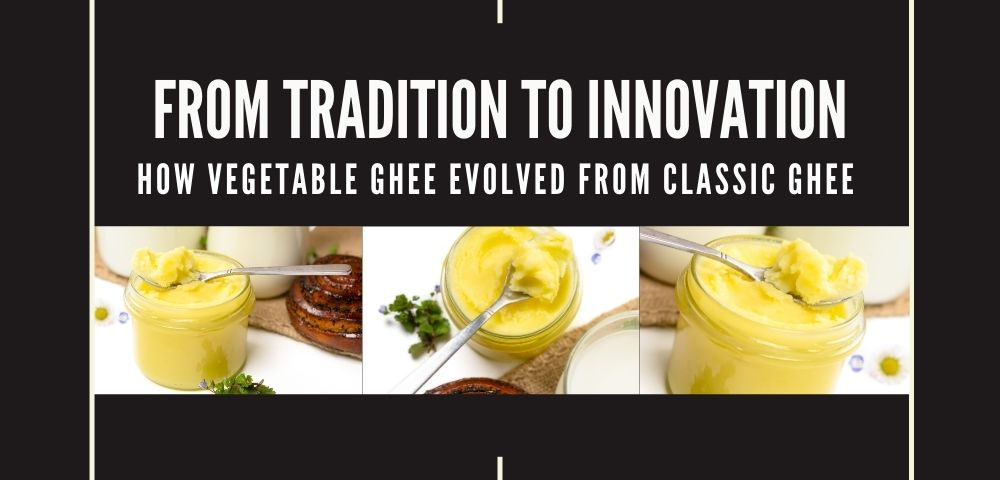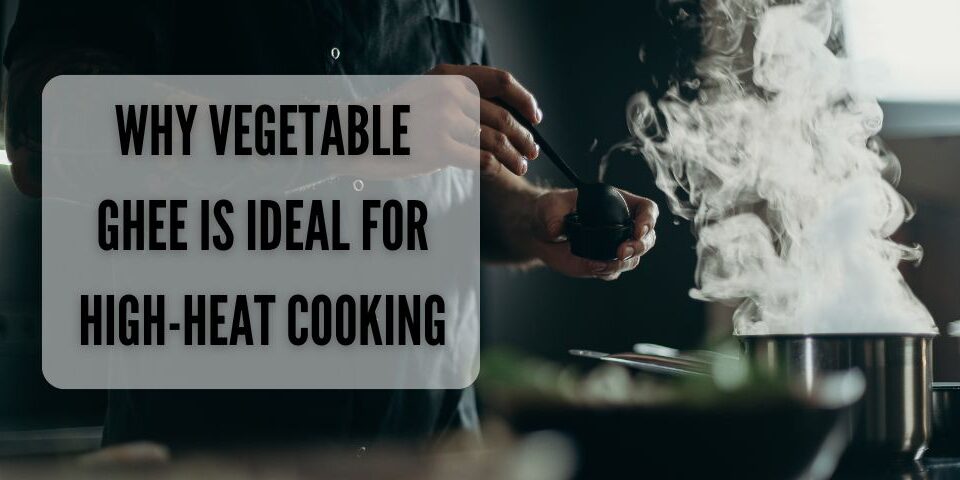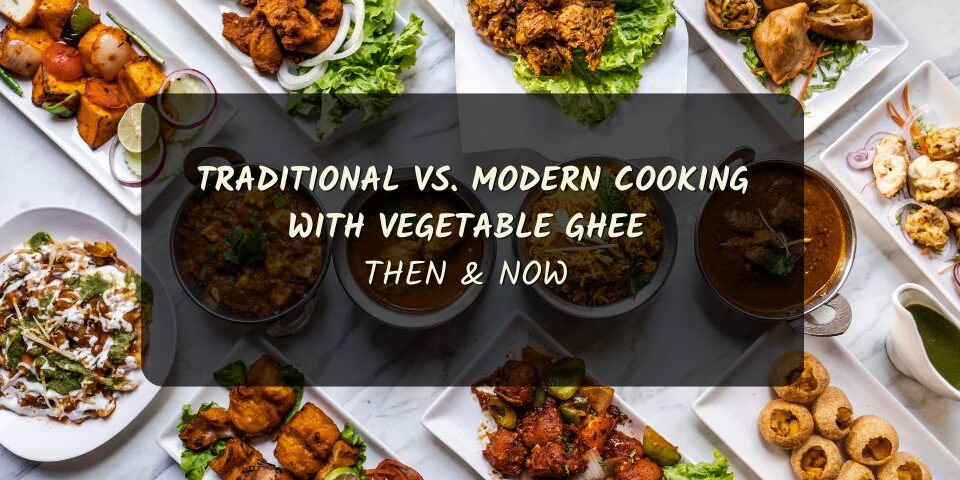
Why Vegetable Ghee Is Ideal for High-Heat Cooking
April 4, 2025From Tradition to Innovation: How Vegetable Ghee Evolved from Classic Ghee

Honoring a Centuries-Old Culinary Tradition
Ghee has been a sacred and essential part of cooking for centuries, especially in South Asian and Middle Eastern kitchens. Traditionally made from clarified butter, it was used not just for flavor—but also for its symbolic, cultural, and even medicinal value.
But as the world evolved—so did food.
People began looking for alternatives: options that were dairy-free, longer-lasting, and accessible to a wider audience. And that’s where vegetable ghee was born.
In this article, we trace how vegetable ghee emerged as a modern innovation, inspired by tradition but made for today’s kitchens.
The Origins: Ghee as a Sacred Staple
Ghee’s roots go back thousands of years, most notably in India where it played a central role in:
-
Cooking (curries, rotis, sweets)
-
Ayurvedic medicine (used for digestion and healing)
-
Religious rituals (offered in temples and used in lamps)
It was prized for its:
-
Rich, nutty flavor
-
Ability to withstand high heat
-
Shelf stability without refrigeration
But traditional ghee is made from animal-based butter, meaning it contains dairy and cholesterol, and isn’t suitable for:
-
Vegans
-
Those with lactose intolerance
-
People seeking low-cholesterol diets
The Rise of Vegetable Ghee: A Plant-Based Solution
In the mid-20th century, as more people sought plant-based diets and affordable shelf-stable cooking fats, vegetable ghee emerged as a modern alternative to dairy-based ghee.
Vegetable ghee was created to:
-
Replicate the rich flavor and function of traditional ghee
-
Use refined plant oils like palm or sunflower instead of butterfat
-
Offer a cholesterol-free, lactose-free option
-
Be more affordable and accessible for households around the world
Abeer Vegetable Ghee follows this tradition—using carefully selected oils to create a non-hydrogenated, trans-fat-free ghee that’s perfect for modern cooking.
Vegetable Ghee Today: More Than Just a Substitute
Vegetable ghee has earned its place as a staple in kitchens worldwide, especially for:
-
Vegan and plant-based diets
-
High-heat cooking (like frying and roasting)
-
Baking as a non-dairy butter alternative
-
Global cuisines that need flavor, texture, and stability
Today’s best vegetable ghees (like Abeer) are carefully crafted, often non-hydrogenated and designed to match the richness of traditional ghee—without the dairy.
Is Vegetable Ghee Vegan? read our article to learn more.
Bridging the Gap: Tradition Meets Innovation
At Abeer, we believe you shouldn’t have to choose between authenticity and modern values.
Our vegetable ghee reflects that mission:
-
Inspired by generations of ghee-making wisdom
-
Crafted with today’s health and lifestyle needs in mind
-
Perfect for classic recipes and creative new dishes
Whether you’re making biryani, roasting veggies, or baking cookies, Abeer Vegetable Ghee gives you the best of both worlds—rich traditional taste and clean, plant-based ingredients.
A New Chapter in Ghee’s Story
The story of ghee is long and beautiful—and vegetable ghee is the next chapter.
By understanding where it came from and why it evolved, we can appreciate vegetable ghee not just as a substitute—but as an innovation with roots.
So whether you’re cooking for tradition, health, or creativity, let Abeer Vegetable Ghee bring flavor, versatility, and heritage to your kitchen.




1 Comment
I appreciate how this post highlights the functional and cultural journey of ghee—especially how vegetable ghee maintains high-heat stability like traditional ghee while offering a plant-based option.